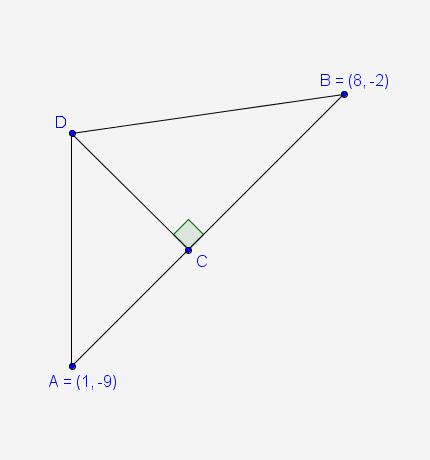
Mathematics, 26.10.2020 17:40 naomicervero
The manufacturer of a soccer ball claims that only 3% of the soccer balls produced are faulty. An employee of this company examines the long-run relative frequency of faulty soccer balls produced as shown in the graph.
A graph titled Faulty Soccer Balls has frequency on the x-axis, and probability on the y-axis. The graph levels out around y = 0.06.
Which conclusion can be drawn from this graph?
The company’s claim seems to be true because the graph shows that when 50 soccer balls were tested, only about 3% of them were faulty.
We should not believe the company’s claim that only 3% of their soccer balls are faulty because this graph shows a continuous increase in probability.
Because the graph shows that the probability of producing a faulty soccer ball is 0.03, we can believe the company’s claim that only 3% of the produced soccer balls are faulty
The graph shows that the probability of producing a faulty soccer ball is about 0.06; therefore, we should not believe the company’s claim that only 3% of the produced soccer balls are faulty.

Answers: 1


Other questions on the subject: Mathematics


Mathematics, 21.06.2019 20:00, haleysmith8608
Given the graphed function below which of the following orders pairs are found on the inverse function
Answers: 1


Mathematics, 22.06.2019 00:00, ShortCakes02
Rewrite the equation x = 65 - 60p by factoring the side that contains the variable p.
Answers: 2
You know the right answer?
The manufacturer of a soccer ball claims that only 3% of the soccer balls produced are faulty. An em...
Questions in other subjects:


Mathematics, 07.09.2021 21:40


Mathematics, 07.09.2021 21:40




English, 07.09.2021 21:40

Biology, 07.09.2021 21:40

History, 07.09.2021 21:40




